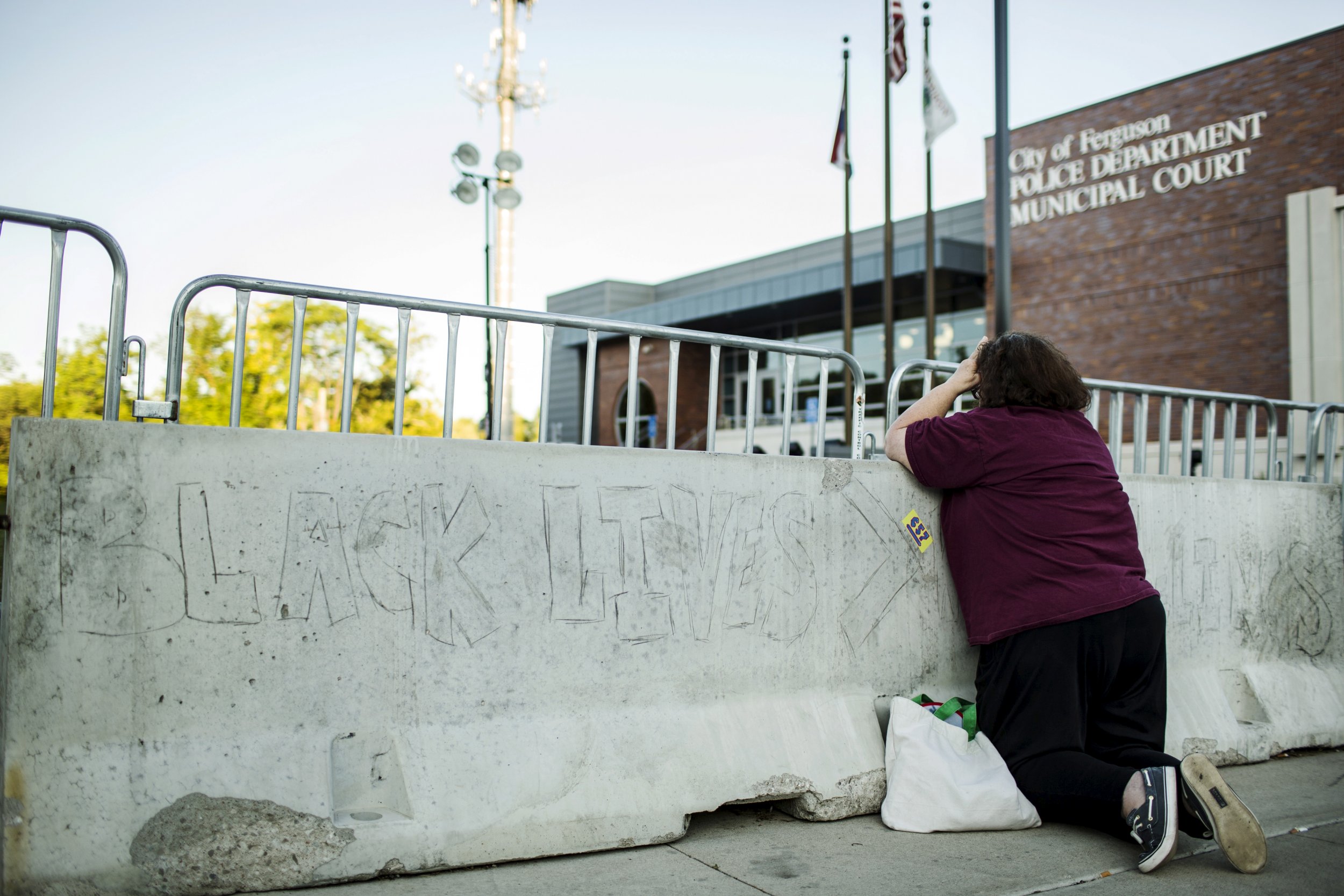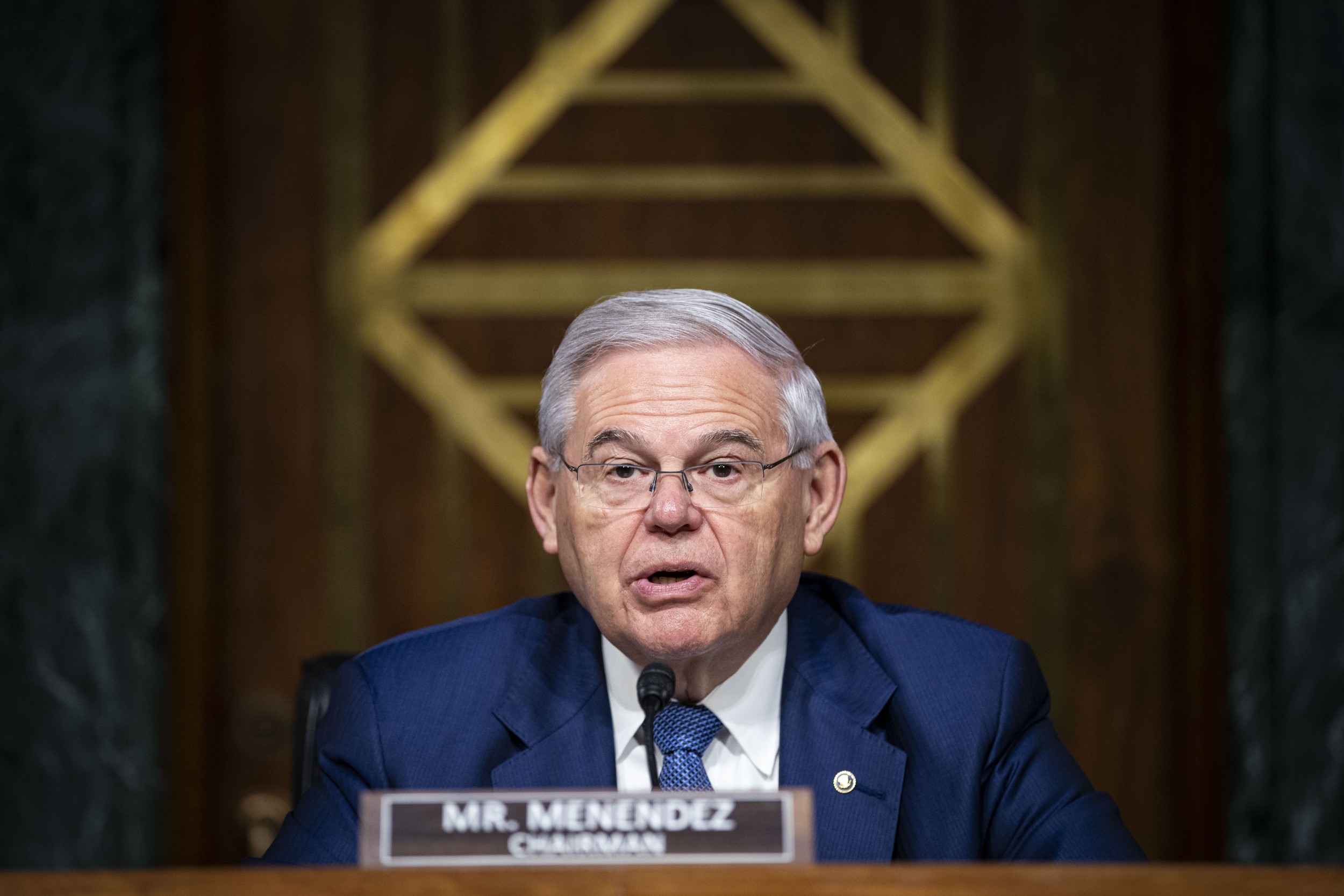
This article first appeared on The Conversation.
Peaceful demonstrations designed to mark the one-year anniversary of the killing of Michael Brown by a Ferguson, Missouri police officer turned violent on Monday.
With the benefit of hindsight it is clear that conditions there—and in many similar communities across the country—remain ripe for violent encounters between the police and citizens.
Given the fragmented and exploitative structure of governance in St Louis County, we believe the community upheaval and sporadic violence following Michael Brown's killing are not surprising.
A few miles from the border
We are criminologists who have studied crime and social conditions in the St Louis area for several decades. Our university, the University of Missouri-St. Louis, is located just a few miles from the Ferguson border.
Ferguson is not a ghetto. It is an established, solidly working-class suburban municipality on the outskirts of St. Louis. Ferguson saw significant demographic change during the 1990s, going from a majority white to majority black population. The racial makeup of the town has since stabilized at roughly two-thirds black and one-third white.
Ferguson has benefited in recent years from the establishment of large corporate operations on its borders, including the headquarters of Express Scripts and Emerson Electric, which have been a boon to local businesses. The downtown is not thriving, but it is not dying either. There are specialty shops, a brew pub, a wine bar, and several restaurants. In many ways, Ferguson has more in common with suburban and small-town America than it does with the nation's disadvantaged inner-city neighborhoods.
Not a 'risky' place
There is some poverty and some crime, though not as much as in the rougher parts of St. Louis or even many other inner-ring suburbs.
No one can reasonably label Ferguson as being an especially risky or dangerous place. That is part of what made the Michael Brown killing so shocking—it might have happened in any number of American suburban communities. But that also may help to explain why it happened in Ferguson.
It is in places like Ferguson that the chances of a deadly misreading between the police and the citizenry may be most likely to occur, precisely because neither the police nor citizens expect that their encounters will turn take a lethal turn. When a violent encounter does occur, the police may lack the experience or training to defuse it and resort to deadly force.
But why did the Ferguson shooting erupt in violent protest when most other police killings in places like Cincinnati and Staten Island have not?
Fragmentation and fees
Part of the answer lies in the peculiar fragmentation of St. Louis County into dozens of small municipalities, most of which have their own police forces and courts. Many of them were created by whites fleeing S.t Louis after World War II who used racial covenants and zoning ordinances to keep out African Americans. Today, many of these municipalities rely heavily on traffic fines and court fees to stay afloat.
This patchwork of speed traps is a bad joke among more affluent inhabitants of St. Louis County.
But it is no joke for those who accumulate traffic fines they cannot afford to pay, miss court dates and are jailed on outstanding arrest warrants. As the Washington Post's Radley Balko has documented, that is an all-too-frequent experience for the county's disadvantaged black residents, convinced they are harassed by the police and abused by uncaring white prosecutors.
During the past year, the Missouri legislature has capped the portion of municipal budgets that can be derived from traffic fines, and the governor established a commission to recommend other reforms to mend broken police-community relations.
Only time will tell whether such efforts can undo years of political neglect and economic exploitation in St Louis County. We should expect continuing community unrest anywhere that similar conditions are allowed to continue to smolder. That may be Ferguson's most enduring lesson.
Richard Wright is chair, Department of Criminal Justice and Criminology at Georgia State University and Richard Rosenfeld is Founders Professor of Criminology and Criminal Justice at University of Missouri-St. Louis. This article was originally published on The Conversation. Read the original article.
Uncommon Knowledge
Newsweek is committed to challenging conventional wisdom and finding connections in the search for common ground.
Newsweek is committed to challenging conventional wisdom and finding connections in the search for common ground.
About the writer
To read how Newsweek uses AI as a newsroom tool, Click here.





